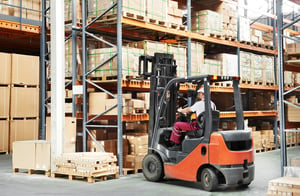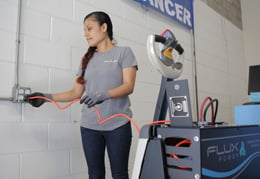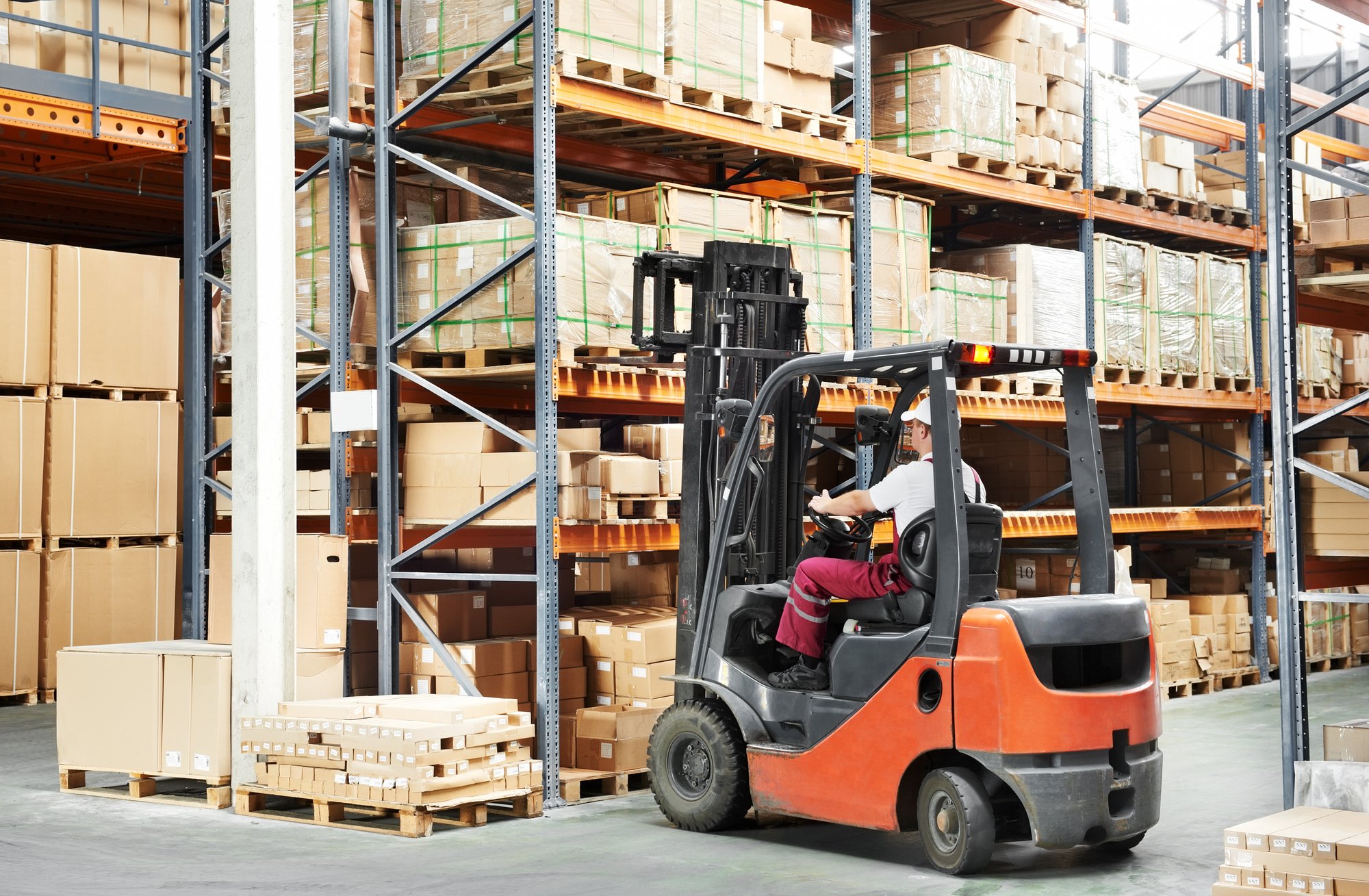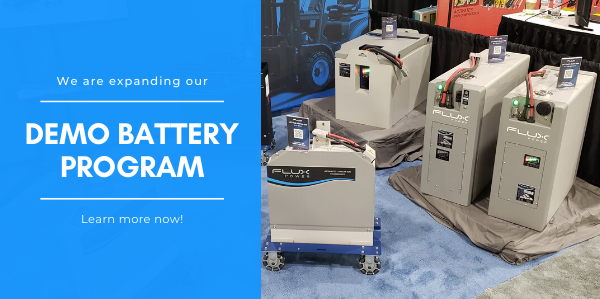Today’s market has been a tale of two stories, with some companies ramping up production to quickly get products to market and others experiencing a drop in workload because of the COVID-19 pandemic.
The need for both short-term and long-term productivity has never been greater for many companies that must either quickly expand their operations or conserve resources.
For businesses that utilize forklifts and other material handling equipment, lead acid batteries have long been the standard battery choice. However, keeping productivity high and operations lean are arguably more important than ever right now, which begs the question: Is a lead acid battery pack right for your current and future needs?
More companies are answering that question with a resounding “no” as they continue to discover how lithium-ion batteries have increased productivity in their day-to-day operations and improved their long-term bottom line. Here are some of the reasons why.
Run Time

Lithium-ion batteries have a 25% longer run time than lead acid batteries when used in similar conditions. This keeps forklifts powered by lithium-ion batteries in service longer, which is important to maintaining productivity.
Lithium-ion batteries can also be safely discharged down to 20% capacity, whereas lead acid can only be safely discharged down to 30%.
Lifespan
Lithium-ion batteries have twice the lifespan of lead acid batteries when used according to manufacturer specifications. On average, lithium-ion batteries have a lifespan of between 2,000 and 3,000 cycles. Lead acid batteries, on the other hand, have an average lifespan of between 1,000 and 1,500 cycles.
Batteries with a longer lifespan generally make them a more valuable investment, whereas batteries with shorter lifespans need to be replaced more often.
Sustained Voltage
Forklifts require a lot of energy during use. Not all batteries supply the same voltage as they discharge. Lithium-ion batteries maintain their power throughout the usage cycle, giving a forklift long-lasting and sustained power.
Lead acid batteries, however, are notorious for suffering from voltage drop towards the end of a shift. This can produce sluggish and less responsive forklifts.
Opportunity Charging
For companies operating under multiple shifts, this is an important advantage for lithium-ion batteries. Lithium-ion batteries take just 1 to 2 hours to fully charge. They can also be opportunity charged for 15 or 30 minutes at a time without permanent damage to the cell’s capacity. This means forklift operators can charge lithium-ion batteries while on break or in between shifts, and the batteries are available to return back to service immediately.
In fact, opportunity charging can actually increase the lifetime amp-hour output of the battery. The battery pack does need periodic balancing and should be plugged in overnight or over the weekend once per week.
Lead acid batteries, on the other hand, typically do not allow opportunity charging. Instead, lead acid batteries require 8 hours to charge and an additional 8 hours to cool down after charging. In other words, after a lead acid battery has been discharged, it is out of service for a total of 16 hours. If a company uses a forklift in a multi-shift capacity, multiple batteries will be required for each forklift.
Faster Charging Process
 Downtime can be costly, so using a forklift battery that can be quickly charged can help enhance productivity. As mentioned above, lithium-ion batteries only take 1 to 2 hours to fully charge and can be opportunity charged.
Downtime can be costly, so using a forklift battery that can be quickly charged can help enhance productivity. As mentioned above, lithium-ion batteries only take 1 to 2 hours to fully charge and can be opportunity charged.
To charge a lithium-ion battery, a forklift operator drives to the charger and connects the battery to the charger. The battery remains in the forklift, no removal is required. After the charging process finishes, the operator simply disconnects the battery from the charger and returns the forklift into service.
The charging process for a lead acid battery is more time consuming because it involves several more steps. After a forklift operator drives the forklift to a designated battery charging room, special lifting equipment must be used to remove the lead acid battery from the forklift.
That equipment then places the battery on a storage rack where the charging will take place. Afterward, the battery will either remain where it was charged or special lifting equipment must be used again to transport it to a designated space for cooling. Once the cool down time frame has ended, the special lifting equipment must once again transfer the lead acid battery back to the original forklift.
If that forklift must remain in service while its original battery is charging, another battery must be installed, which can take approximately 15 minutes. And, that is just one forklift. For companies that utilize several forklifts, this process can negatively impact the overall productivity of the operation.
Less Maintenance
For companies that have little time for maintenance because of an increase in workload, a battery that requires less maintenance can be beneficial.
Lithium-ion batteries do not have to be “watered,” unlike lead acid batteries that have electrolyte levels that must be regularly checked, usually once per week. In fact, lithium-ion batteries require far less maintenance overall.
With lead acid batteries, employees must:
- Ensure water levels do not drop below the top of the lead plates (about every 10 charge cycles)
- Check the water to make sure it is between 5 and 7 on the pH scale
- Ensure enough space is left for the liquids inside to expand
- Equalize the cells regularly and ensure temperatures are controlled throughout the charging process
This required maintenance can become a burden for companies that have temporarily halted or reduced operations because of a drop in workload. Battery maintenance may be among the first to go when cutting costs, especially if forklifts aren’t in use.
Here’s what happens if you don’t maintain your forklift battery.
Test A Battery
Lithium-ion battery technology offers companies in today’s market the opportunity to increase productivity and achieve lower long-term costs. This major equipment manufacturer will save over $1 million alone by switching to lithium-ion batteries.
If your company is taking a closer look at the benefits that lithium-ion batteries can offer, it may be time to try out a demo battery. This will allow you to see a lithium-ion battery in action and get a better idea of how it can improve your operations.












